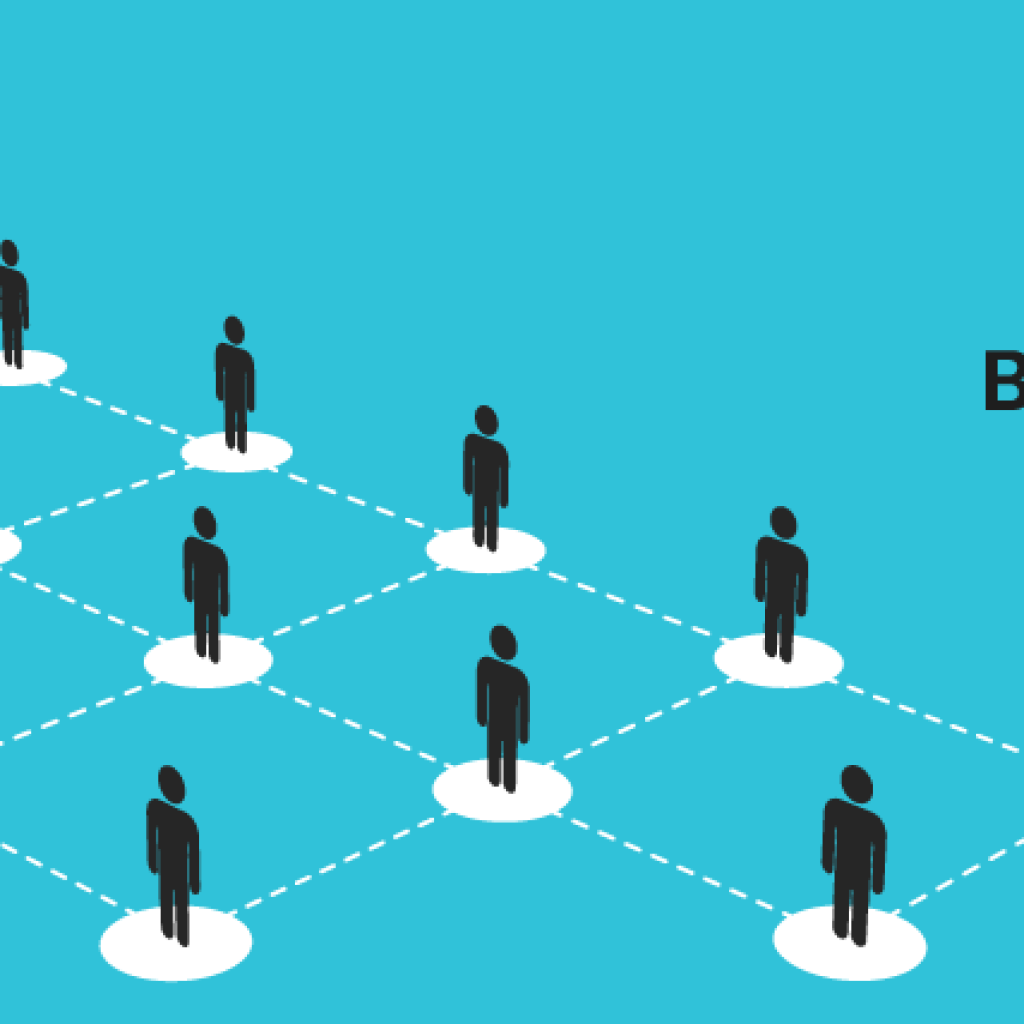Network marketing can help in expanding a business through the network of distributors. A marketing strategy that has been around for a while is network marketing, which involves selling goods directly to customers who need them at reasonable prices. Companies use a network of distributors, many of whom began as customers, rather than distributing products to stores and relying on paid salespeople. It is a profitable way for businesses to increase sales of their goods while spending little on advertising and employing no salaried staff. In addition, network marketing gives distributors, who typically work from home, the chance to launch their own micro business with flexible hours.
Three key categories to categorize network marketing.
Direct marketing, multi-level marketing (MLM), affiliate marketing, consumer-direct marketing, referral marketing, and franchising for home-based businesses are some of the terms used for network marketing. These categories are comparable in encouraging people to run their businesses through personal networks. Through these networks, people can sell things or find people to help them sell items.
Direct selling
To sell a good or service using this single-tier marketing system, an individual must enroll in a program. Participants in these programs are paid only on the direct sales they generate and are not required to find additional distributors. The fastest-acting method of selling is direct marketing.

First, find a product you like, and convince your loved ones to buy it. Then, you enroll in its affiliate program to sell a company’s goods or services through single-tier network marketing. You don’t need to find new distributors, and your only income source is direct sales. For example, an established cosmetics company called Avon uses single-tier network marketing. Affiliate programs with a pay-per-click (PPC) or pay-per-lead (PPL) component are also a part of single-tier networking.
Affiliate promotion
Utilizing online affiliate marketing programs is a more recent addition to network marketing. Bloggers and website owners incorporate links to particular products on their platforms. The website owner gets a referral fee when users click on those links and buy products. Customers now have access to a reliable website where they can immediately purchase the advertised goods.

Those who use affiliate links must disclose their usage. It can be accomplished by including a brief disclaimer at the end of a blog post that informs readers that you may receive compensation for clicking on their links. There are countless affiliate programs available that both businesses and individuals can use. Before signing up for a programme, look into the highest-paying affiliate programmes available.
Marketing on a multi-level
Direct sales and a downline of distributors are both a part of the multi-level marketing (MLM) network based on distribution. In multi-level marketing, businesses first assemble a team of enthusiastic sales representatives. Then, companies offer to sell this product at a reduced price and encourage them to sell it to others for the entire market price rather than pay them a salary. They keep every penny they earn from those sales for themselves.

Many of these salespeople or distributors use their earnings to purchase additional goods, which they then sell to more customers, thereby raising their income. Many MLM businesses offer a strong foundation, excellent training, and other rewards for top performers.
How is network marketing carried out?
Network marketing builds layers of salespeople. Companies and the salespeople in these layers are rewarded for making their networks of salespeople. People who start a new tier (or “upline”) are compensated with a commission from both their sales and those of the people in the level they began (the “downline”). A new tier might appear with time, giving the top tier and the intermediate tier more commission. Product sales and recruitment are three things on which network marketing participant income depends.
Anyone joining a network marketing team must go through two processes: training is the first, and sales are the second.
1. Training
As soon as you sign up, you first become a distributor for the business, which means you are now in charge of selling the products. The company you are joining or your sponsor will provide you with extensive product and sales training because the business entails selling and recruiting distributors. The company provides you with thorough product information and promotional items like marketing collateral and Marcom tools to help you start the business. You’ll discover the specifics of your company’s product line, the quality and safety standards they meet, how they stack up against the competition, what questions to anticipate from customers, and answers to frequently asked questions, among other things. Most businesses offer sales training in addition to training for hiring new employees; typically, they arrange a brief workshop for that.
2. Sales
The business prepares you by training you in selling, providing you with product knowledge, the necessary tools and supplies, and a start-up package to begin working. Your sponsor will be available to you throughout your training and as you launch your business. Your sales process will now include the following:
- Prospecting.
- Creating a list of prospects.
- Qualifying the prospects.
- Scheduling an appointment with the prospects.
- Meeting them and presenting the MLM business proposal.
- Responding to inquiries and assisting them in choosing to join the network.
- Following up with them regularly to ensure a favourable decision.
They sign up as distributors, receive product training, and sell and receive tools, marketing materials, and a starter kit. The process also includes motivating and assisting them in expanding their network. You’ll aim to boost retail sales by increasing your distributor network and hiring new employees. Making a list of potential customers for retail sales includes your friends, family, neighbours, and the neighbourhood, as well as your coworkers, your company, and other companies with which you have established contacts. A straightforward network marketing business model works like this.
Also Read:Marketing Campaign Ideas for Small Business
Network marketing benefits
- The size of a network marketing organization is unconstrained. Companies might join forces with lots of people to become distributors.
- Distributors can also collaborate with other sub-distributors to boost the company’s sales. Companies don’t need to rely on advertising because they have a strong distribution network that interacts with customers directly.
- Additionally, distributor structure impacts retailer profit margins, which businesses view as an expense. Distributors receive these profit margins, and corporations are relieved of their financial burden.
- The fact that businesses no longer need to spend as much money on storage and delivery is another advantage. This is because distributors are in charge of paying these expenses. Because of this framework, distributors can profit indefinitely from their business dealings with the company.
- They can profit from commissions as well as their earnings.
Conclusion
Network marketing is a unique form of marketing. People involved in it think it is amazing, and the market is growing astonishingly quickly. We might see some significant expansions of the network marketing industry shortly. But we can see it grow happily in the interim.















